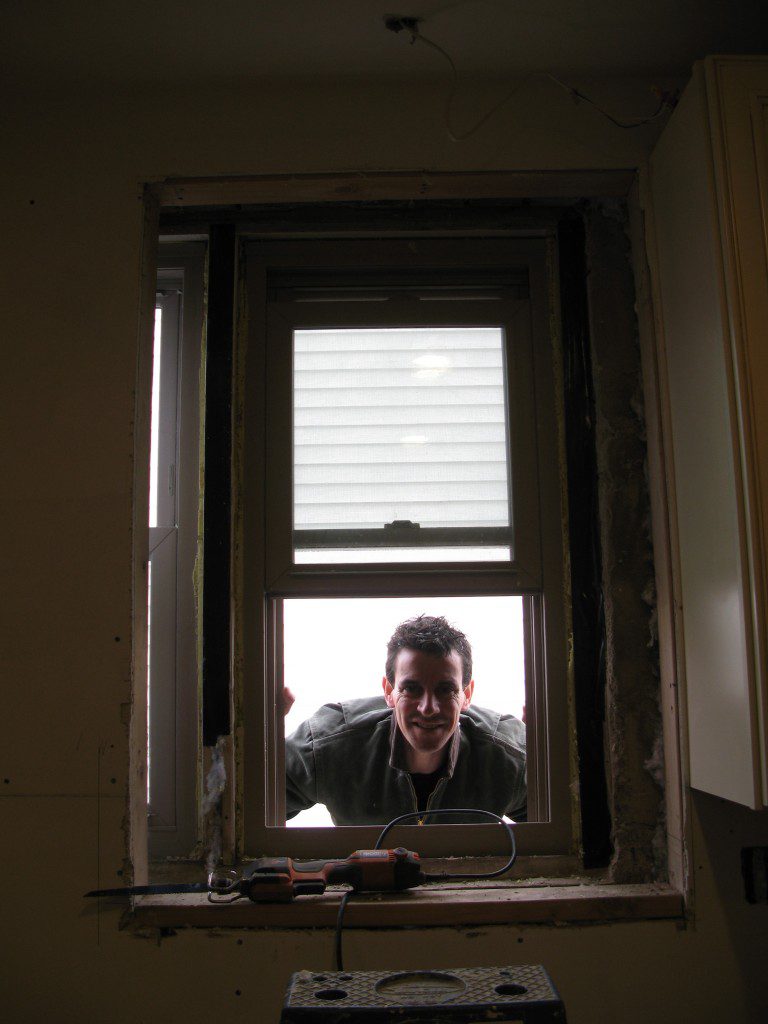
Sustainable home upgrades are becoming increasingly popular as an investment that save money and energy, reducing the burden on the planet. Some are actually very easy to incorporate into your home and provide huge benefits. So, from reducing energy loss to harnessing the sun, here are some of the best sustainable home upgrades for winter.
Focus on the the heating system.
The primary focus of a winter upgrade project is often the heating system. Heating can be vital during winter months, but many older systems can be very inefficient. Energy efficient furnaces and heat pumps are available and will help reduce the amount of energy used by your home. Some alternatives include the following:
- Ground-source heat pumps
- Air-source heat pumps
- Wood-fueled biomass systems
A new heat pump or energy efficient furnace is a great way to reduce energy loss and energy bills. Yet any of the alternative systems available can be just as, if not more effective, under the right circumstances. It’s important to weigh the costs of an early replacement, before the current HVAC system is no longer functioning, with the monthly and annual costs of a new system, too.
You should also make sure that you get a furnace repair as soon as you need it, and generally keep up with the maintenance of the system as best as you can.
Reduce energy loss from windows.
There are a few places where heat typically escapes from a home. And the more air leaks, the more energy you need to use to keep your home warm in the winter and cool during the summer. According to the US Department of Energy, up to 30 percent of heat can escape from poorly insulated windows. Windows contribute to a lot of heat loss when they are poorly installed, have cracked caulk, or missing weatherstripping. They also leak air when they aren’t locked. The simple act of locking a window creates an air seal to around the frame.
Double and triple glazing makes a huge difference to keep air from leaking or causing energy loss or gain through the glass. But the frames and surrounding walls, and how they are detailed, can also impact energy transfer.
Sustainable home upgrades and thermostats.
Most heating systems have a thermostat, and many households can benefit from using a smart or programmable thermostat. A programmable thermostat is an excellent tool for finding a preferred temperature and keeping it there during the hours while you are at home and awake. Thermostats can be programmed to come on and turn off at certain times of the day. Automatically raising the temperature just before you need to get up for the day can make the morning more pleasant and comfortable, too.
Another misconception that some believe is turning the heat up to a high temperature helps raise the overall temperature of the house faster. But this is a massive waste of energy to keep it at a higher temperature than needed, and it’s simply not effective.
Solar panels are fine for winter.
Solar panels have become an icon of eco-friendliness and sustainability. With the right installation, you can reduce your energy use from the traditional grid, depending on the conditions. And they aren’t only effective in summer or high-heat places. Solar panels work by catching and using light for energy, not heat.
Many municipalities offer rebates and incentives for solar panel installation, and the costs are so much lower than when they were first introduced to the residential market. So, consider a winter upgrade project that includes solar panels, which may be cheaper when demand is low.
Harvest the rain for free water.
Like the sun, nature also provides water. A relatively easy sustainable home upgrade involves rain barrels that can be installed using your gutter system. Rainwater can be harvested and reused, massively reducing your water usage and bills. It also helps reduce the strain on public systems. Of course, you cannot drink this water, but it can be used for garden irrigation, washing clothing, and toilet water. However, water tanks for harvesting can be pretty big, so ensure you have the yard or garden space available.
Summary
The heating system is one of the best sustainable home upgrades you can make in winter to increase efficiency. This is enhanced by the proper use of a thermostat. You can also install a rainwater harvesting tank to reduce public pipe strain and drastically lower your water usage.
About the Author


